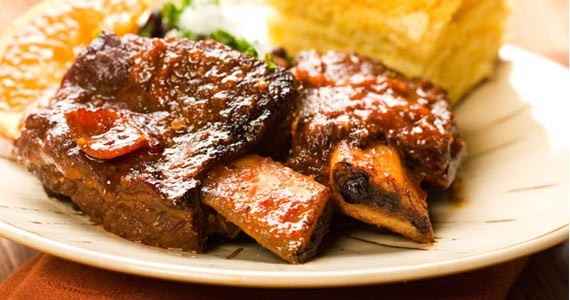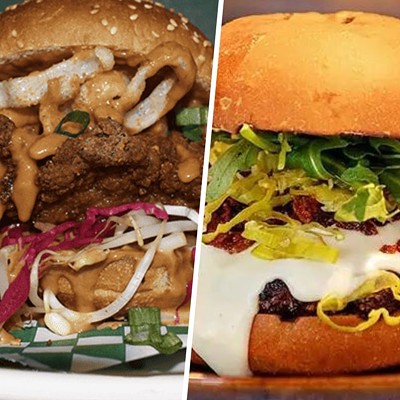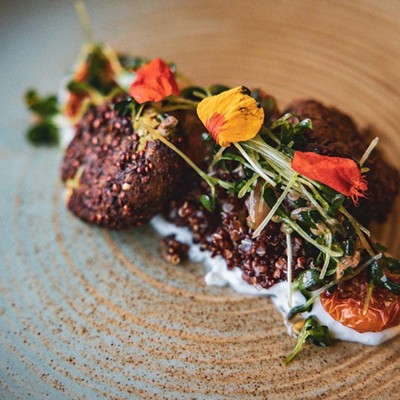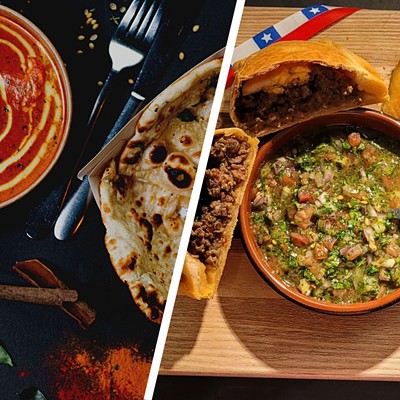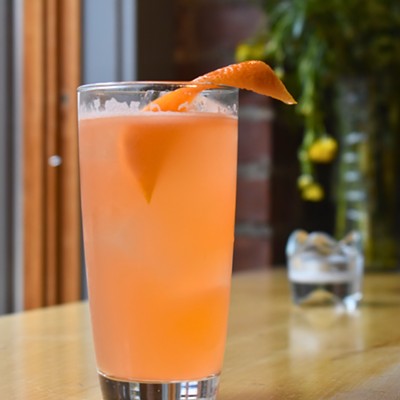In the dead of winter, there are few things more comforting than walking into a home that smells of a meal already prepared. With patience and time, such a luxury can be had for very little money and effort.
Welcome to Braising Meat 101.
The techniques necessary for braising meats are pretty rudimentary. The premise is simple: take an item, place it in a cooking vessel and cook it low and slow, with a small amount of liquid. Although you can braise anything from leeks to fish, the real magic and appeal of braising is what happens when you braise meat. Some of the toughest---and often cheapest----cuts of meat will be transformed into luscious meals. Think beef brisket, or pork shoulder.
For Peter Jackson, a former chef and current hospitality consultant based in Aylesford, the great thing about braising is the transformation that occurs when these cuts are braised. "Muscles that work hard have lots of flavour," he says. "So braising is a way of getting that flavour out and make it tender at the same time."
That toughness and the tenderness both come from the same source: collagen. If undercooked can be an unpleasant and tiresome chewing experience, but when cooked over a long time with moist heat, collagen breaks down and turn into gelatin, which makes for rich and tasty dishes. Jackson notes that this also helps in flavouring and creating a great sauce for your dish.
Jackson suggests placing the meat on top of some root vegetables, ensuring the meat is not submerged in its cooking liquid, otherwise you end up boiling it. "You want it to be barely bubbling at all," he says. "When I do veal shanks, I cook them at 275, to get it ultra-rich and creamy."
Kris McCann is a big fan of braising as well. He's an avid home chef who digs playing around with kitchen gadgets. Those fancy immersion circulators you see top chefs using to create perfectly cooked eggs at 63 degrees? He's got one. But when it comes to cooking slow and low, he seeks out that most humble of kitchen aids, the slow cooker. "It's easy to do, easy to clean up, energy-efficient and doesn't tie up your oven for hours," he says. "It's quite a low-effort endeavour, and there's something so warming and comforting about the smell of delicious food filling your home, which it inevitably does when you cook something for a long time."
For McCann it's not just about the ease of making braised dishes, but the economy of them. "You tend to end up with a lot of meat on a very modest budget," he says. "With something like a pork shoulder, you can get a lot of really great meals out of a $10 cut of meat. It's always fun to invite friends over for dinner and drinks, and think of creative ways to use the leftovers."
Leftover creations from McCann's most recent beef brisket included tacos and breakfast burritos.
For Jackson, another great thing about braising is how it can make certain cuts of meat more accessible, and less daunting. "You can take something people don't like, like tongue, and turn it into a beautiful thing," he says. "Lamb tongues, braised for an hour and half, or two hours, become the most succulent, buttery piece of lamb you've ever had." McCann agrees, stating that he finds himself wanting to be more creative with his braises. "After a particularly delicious beef cheek bahn mi on my last trip to Toronto," he says, "beef cheeks are high up on my to-do list."
But in the end, it's all about ease of the process that makes braising such a wonderful winter thing to do. "It's all about temperature," says Jackson. "The slower, the better." Sounds like a perfect way to unwind on a wintry weekend.

